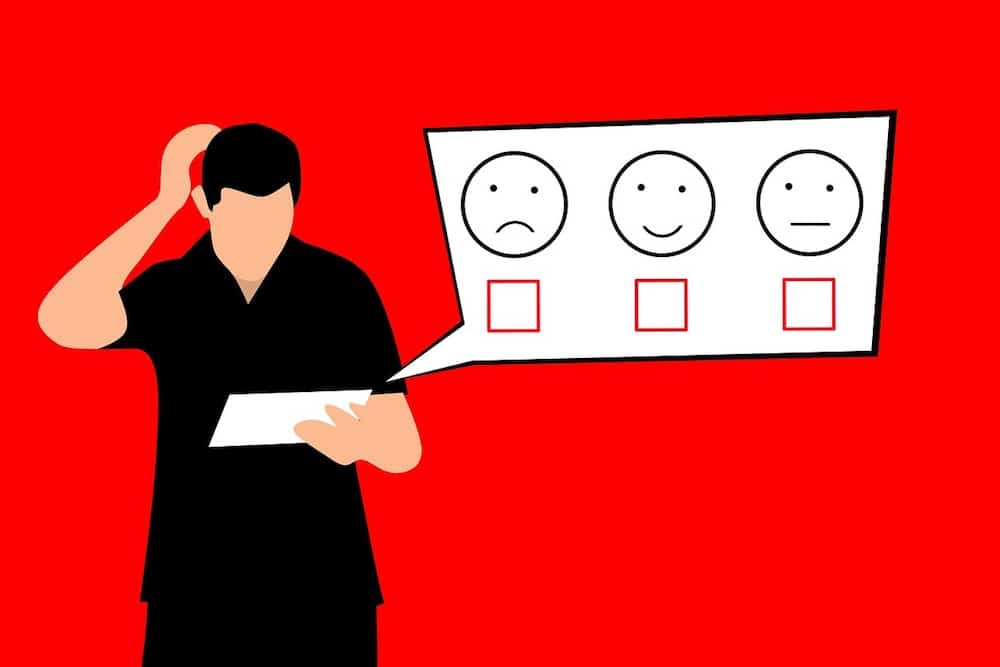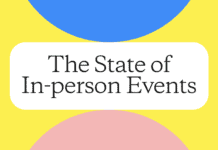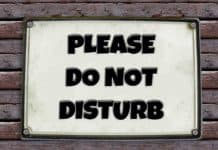
After an event, most meeting planners need time to decompress, but figuring out the balance between decompressing and also effectively using that time to glean insight for future meetings can be tricky.
In this Shakedown, Prevue speaks with Andrea Cannistraci, president and founder of andgreat, a marketing, branding and events firm that specializes in experiential programming. Here she shares how to find the right balance for effective postmortem practices.
What defines your postmortem routine? Are there specific steps involved?
I developed a thorough quantitative and qualitative postmortem strategy earlier in my career when I was an in-house marketing and events manager at various start-up ad tech companies. I’ve tweaked the postmortem over the years to what it is today. It involves gathering feedback, not only from attendees, but from staff members. Within hours of an event ending, I send a 10-question, post-event survey, coupled with a few event photos I took during the event.
One of the questions I always include is: “Would you please share a success story from the event?” I try to collect the data as soon as possible after an event, while it’s still fresh in the minds [of the attendees and staff members] and there is (hopefully) still some excitement around the event. This qualitative feedback from attendees is priceless and can be leveraged for your marketing via case studies and testimonials.
As for staff, their honest feedback matters and will be helpful in making the next event even better and more successful. If I’m in a virtual office setting, I conduct the postmortem via survey. But if I’m in an actual office, I set up 15-minute interviews and talk to the internal team members one-on-one. Yes, it’s time-consuming for me, but I usually learn a ton more as people are willing to talk and open up when you’re face-to-face.
Once all the invoices are in, I can start to calculate the ROI on the event—keeping in mind that other important factors (like brand exposure, forging partnerships, etc.) have an associated ROI as well. Based on all the qualitative and quantitative data, I usually grade the event (A-F).
Can you think of a specific example of how a postmortem helped define your future events?
Apparently, all the topics were spot on and feedback from attendees was, “I wish I could have attended all the breakouts.” I took that feedback, and at the following event, we limited the breakout sessions topics and repeated all of them over the course of the event. Everyone had the opportunity to participate in each breakout session/topic. The feedback from that following event was, “Loved being able to participate in every breakout session. I don’t feel like I missed out!” I now recommend that clients repeat breakout sessions, so all attendees can join and continue the conversations—much networking and learning continues to happens after an event ends.
What’s your No. 1 piece of advice for meeting planners who are having trouble getting into a postmortem routine?
You learn a plethora of information and receive great data from conducting a postmortem—it’s one of the best ways to improve your event year over year and even leverage the feedback across other events. But start small. I recommend having your survey for attendees and one for staff designed and ready to go before the event. Then, after the event, proof it one last time, insert a few pics that you took from your phone and send. Include a deadline to complete; I recommend five days. You want to capture feedback while it’s still fresh in everyone’s mind. I make staff surveys mandatory to complete, and sometimes I do offer a small incentive for attendees to complete it, like a chance to win a $50 American Express gift card.










